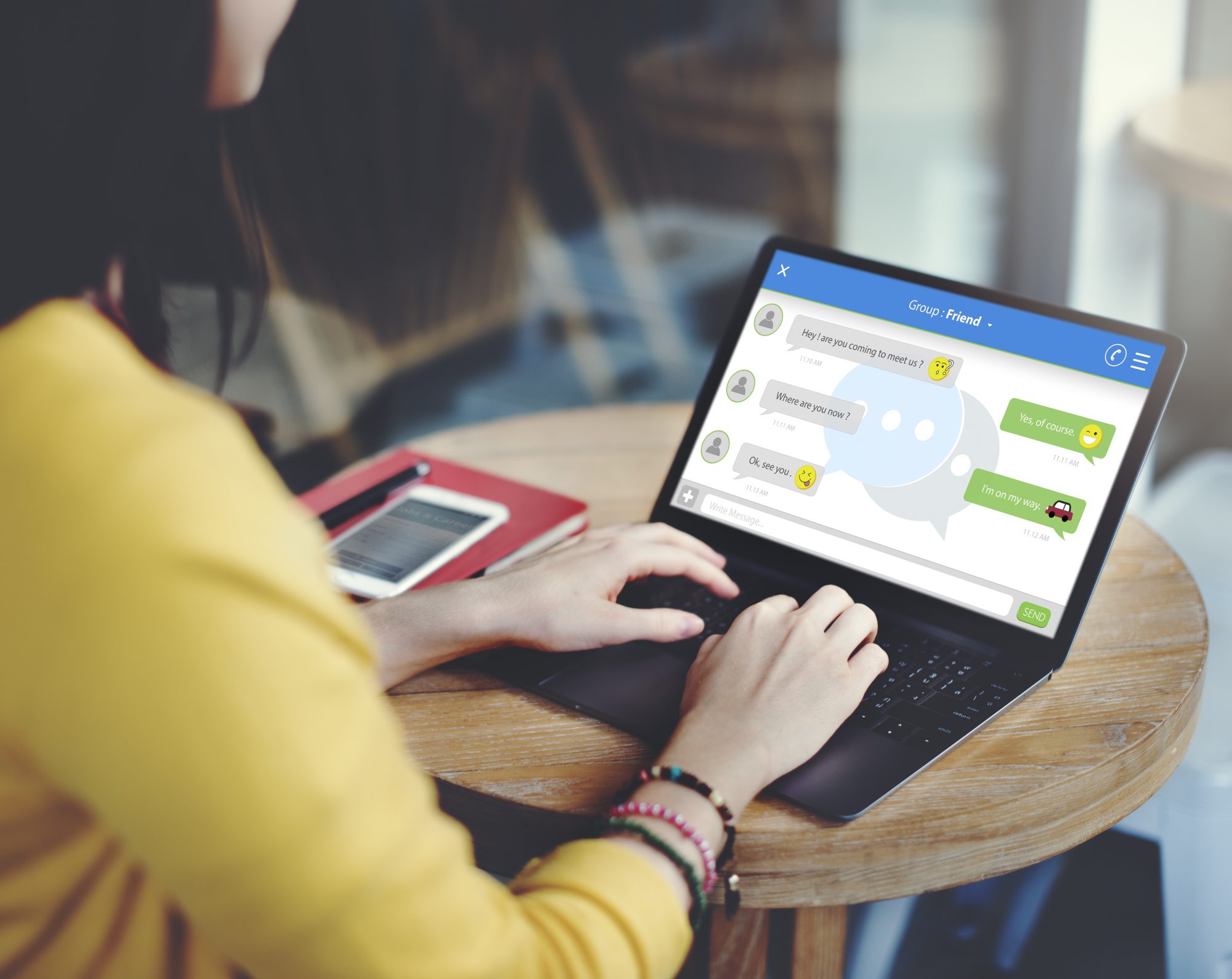Big data opportunities for universities
Data collection and analysis holds ready great potential for innovation of tertiary education. Still much too little is realised. Opportunities need to be identified, promoted and actively sought!
Universities are in the perfect position for collecting big amounts of data. Their students already use chip cards for almost all their moves on campus, leaving traces for every action. The next logical step is to use information sensibly and find out how these digital footprints can enhance study life.
Students’ activities can easily be tracked, as they already take many of their steps online. Books borrowed from libraries are listed in students’ online profiles, e-books or online journals are read via universities’ access, and assignments are distributed and submitted via online learning platforms. It would not be hard to additionally record the times students spend reading certain texts or working on specific tasks. Tutors could overlook their actions and step in when they notice one of their protégés is too far off the right path and might lose momentum. They could guide them back and offer support in the right moment, so course drop out is minimised.
Moreover, campus life that is not directly connected to class is already being recorded by numerous universities. Students use their electronic identity cards for many activities, be it getting into the gym, enrolling for cultural classes or even paying at on-campus stores, restaurants and bars. If they also use their cards for getting access to student housing, their whole life-work-rhythm would be mapped. On the one hand, the amassed data can be used in an anonymous way to find out about general trends and ideal time management. And on the other, it can work as an early warning system to prevent students from dropping out or getting into emotional trouble and distress. When the system notices that an individual student changes his or her habits dramatically or e.g. skips sports, a supervisor can once again step in and offer help. Also, counselling or other forms of support can be directly offered.
Gym Sports Campus

Putting one’s own progress on another level
Not only can collected data serve external observation of students, but they can just as well use it to monitor themselves. Data analysis can facilitate and improve self-assessment. Setting goals and comparing one’s progress according to these, or measuring personal success in reference to one’s peers can trigger motivation and help students to stay on track.
Besides comparing one’s performance to that of others, one can also learn from peers and their experiences via data: Big Data analysis allows to identify types. Consequently, students are given advice based on decisions taken by earlier students of a matching profile. For instance, you are offered courses that might fit your interests and your talents or you are given recommendations on how to structure your semesters most efficiently and pleasingly. So, common mistakes can be curtailed and student life is made less bumpy.
Besides official data
Another approach within the discussion is to take data coverage one step further. That is, not only official data derived from the listed university platforms is taken into account, but also other ways of students connecting with each other are viewed. It allows for better insight into learning strategies when all channels used are examined. Students often interact and exchange material or information via social media and other informal online tools. Also, social aspects like mutual encouragement or competitive attitudes evolve more often within such private environments. Connecting data from all these different origins enables the construction of an authentic picture.
Chatting Online Messaging Forum

Obstacles and downsides
Much data is already being collected, especially those falling into the category of official gathering. Still, comparatively little has been done with it up to now. In fact, the potential is nowhere near its exhaustion. On the one hand this is owed to a lack of staff training, infrastructure and knowledge about advantages and possibilities.
On the other hand, privacy issues are not incorporated satisfyingly enough. Data sovereignty is a very important part of Big Data implementation. Without it, users could face unpleasant repercussions. For example, it is advantageous to have statistics on individual achievements in order to see strengths and weaknesses and improve those. However, it would be very unfair for future employers to be able to get insight and base employment decision upon such information. Students have to be able to consciously consent to data collection and they have to maintain ownership. Universities are rather hesitant to implement Big Data strategies on a large scale as long as this problem is not solved. They want to be sure that their students and the institutions as a whole truly benefit and no one is discriminated against or disadvantaged.
Furthermore, stipulations resulting from exclusive data analysis can be misleading, because they fail to include softer elements that cannot be measured. Social interactions or teachers’ encouragement are attempted to be captured by above-mentioned strategies scanning social media. Still, they largely stay out of data’s reach, which needs to be considered when evaluating results.
People Group Teamwork

Also, it can be questioned how much student support is beneficial. A part of tertiary education is the need to find ways to solve problems and overcome obstacles on your own. If tutors and supervisors are able to interfere immediately and bring lost students back on the right path, creativity, persistence and autonomy might suffer. A healthy balance has to be aimed for.
In conclusion, we see that there are manifold ways universities can make use of Big Data and facilitate student life – but also, that there are yet some drawbacks that need to be tackled. Big Data strategies are still in an early stage when it comes to the field of education, which, however, does not imply that we should wait and watch upcoming developments. Rather, universities should start right away to plunge into this adventure and get acquainted with the new technology in order to keep up with innovations and find out what is useful and desired.
Keywords
data, Big Data, digital footprint, university, tertiary education, service, student support, drop out, campus life, privacy, ownership, consent
